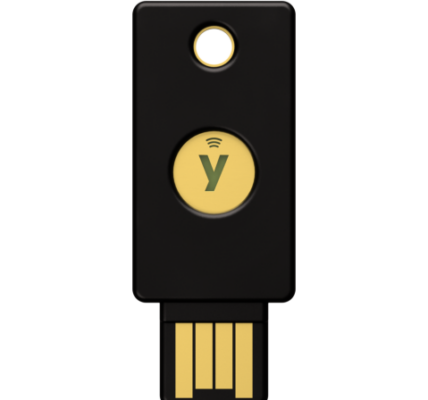Emerging Threats
Artificial intelligence (AI) is changing many areas of our lives, but this powerful technology also brings new problems AI-Powered Scams, especially in cybersecurity. As AI gets smarter, so do the methods used by criminals. AI-powered scams are becoming a bigger threat, using the very technology that is meant to keep us safe. It’s important for both individuals and organizations to understand these new dangers to avoid becoming victims.
AI-Powered Scams : New Dangers

AI-Powered Scams are helping scammers create personalized and convincing phishing attacks. By analyzing large amounts of data, AI can craft emails and messages that are specifically tailored to a person, making them more believable than regular phishing emails. These messages are designed to appeal to a person’s interests or concerns, making them more likely to fall for the scam. Unlike traditional phishing, which often includes mistakes in grammar or spelling, AI-generated messages can be much harder to spot.
Another danger is the use of AI-Powered Scams to create deepfakes—fake videos or audio that look and sound real. These can be used to impersonate trusted people, like bosses or family members, to trick victims into sending money or sharing private information. The high level of realism makes these deepfakes very convincing, and even people with good tech knowledge can be tricked. As deepfake technology becomes easier to use, the risk of it being misused increases.
The Growing Threat of AI Fraud
AI can also be used to automate social engineering attacks. Bots powered by AI can have realistic conversations with people, building trust over time. These bots can gather personal information and use it to create highly targeted scams. Since AI can do this at scale, scammers can reach more people than with traditional methods.
AI can also analyze large amounts of data, like financial transactions, to find patterns and weaknesses. This allows criminals to create more advanced fraud schemes that are harder to detect. For example, AI can identify certain patterns in transaction data that make credit card fraud less likely to be spotted by security systems, making it easier for scammers to make fraudulent purchases.
AI-powered voice cloning is another big threat. Scammers can use this technology to impersonate someone’s voice, tricking systems that use voice recognition for security. This can let them access sensitive information or accounts. As this technology becomes more advanced, it may be used in large-scale fraud, so it’s important to have stronger security methods to protect against it.
Additionally, AI can be used to create malware that can change and adapt to avoid traditional security systems. This type of malware learns from its environment and modifies its actions to escape detection, making it much harder to stop. AI-powered malware challenges cybersecurity experts, meaning they need to adopt more dynamic and flexible security measures.
As AI scams become more complex, both individuals and organizations face bigger challenges. Staying informed about these risks is one of the best ways to protect ourselves. Investing in strong cybersecurity, using multi-factor authentication, and teaching people about AI-driven scams are important steps to take. As AI technology continues to improve, we must also get better at defending against those who use it for harmful purposes.
More AI Content can be found here





